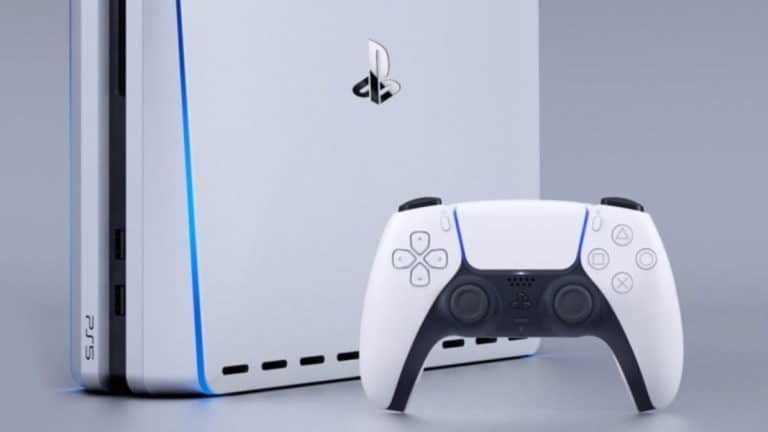Why You May Regret Buying An Expensive Laptop Down The Line

Modern state-of-the-art laptops and PCs are both capable from the inside and gorgeous from the outside. They deliver outstanding performances, long-lasting battery life, and beautiful displays, all under a very slim and ergonomic chassis, enough to make people around you go “Wow!” The definition of expensive laptops may vary from person to person, but on average, an “expensive” ultrabook, convertibles, or gaming laptop could cost anywhere from $800-$1600 or sometimes over $2000.
But what if we told you that you don’t need expensive laptops? If you’re looking to buy a new ultrabook or gaming machine that costs a premium, here’s why you should try to reconsider your decision.
Buying expensive Laptops: Why is it bad?
Here are all the reasons why you shouldn’t buy an expensive laptop.
They’re expensive, duh!

Modern business class notebooks, gaming laptops, and convertibles can set you at at least a thousand bucks, which may feel justified. However, depending on the kind of user you are, you could buy a mid-range machine, which will do 90% of what the expensive machine can while saving you more than half the cost of an expensive laptop.
Were laptops really meant to replace PCs? Yes and no. Yes, because a lot of people use laptops as their primary machines. No, because they can’t match the raw compute power of PCs. You know where I’m going with this. If I were given a chance to start over my previous buying decisions, I’d pick an inexpensive laptop and build a PC keeping future upgradability in mind.
Repairability
Buckle up because this will be a long one (Definitely not a rant ;)) So, where do I start? I admit a few individuals warned me that HP’s hinges, especially on convertibles, tend to fail very soon. I was in need of a powerful notebook that could do light gaming, video editing, and heavy browsing, so I bought the HP Envy X360 2020 a couple of years ago.
Almost a year after that, I wanted to get into PCs to expand on what I already knew about them (thanks, Linus). I found a few good deals and settled on a good mid-specced PC. Fast forward a year of using it, my productivity had increased tremendously, and now I hate working on a laptop unless I am outside on a trip, where I really missed my PC. That’s when I remembered what my good colleague Siddharth suggested when I consulted him about buying a PC.

Fast forward a couple of months, and my laptop broke from the hinge grips on the chassis. Sorry HP, your laptop hinges are shoddy. My theory? The hinges were so hard to maneuver that they exerted tremendous pressure on the grips that held the screws, weakening them over time and ultimately breaking them. All of this when I barely ever used the laptop in tablet mode by rotating 360 degrees.
The Shocker
Upon taking it to the service center, they quoted me Rs 30,000/$375 to replace the chassis. When I asked why their answer startled me, “The display and chassis cannot be separated. Attempting to do so will break the display; hence, the expense of the repair.” HP has a parts replacement video for the Envy x360 where they clearly show how to replace the display. Being awestruck, I searched for parts to repair it myself but unfortunately couldn’t find any. And that’s how the e-waste problem never stops growing, I reckon.
Last year at around the same time of the year, I covered a story about how everything’s wrong with laptop manufacturers, and I never imagined I’d fall prey to the repairability aspect. Either way, the point I want to make is that a lot of things can go wrong with electronics. Hence, I wouldn’t blow my purse and buy an expensive laptop, which a mid-range counterpart can do most of the things that an expensive machine can. Think about the present and the future.
“Framework” can change the framework
On the other hand, we have startups like Framework creating modular, 100% repairable laptops. However, the Achilles heel of the Framework laptop is that it’s expensive. A $1000 laptop doesn’t exactly belong in the budget segment, but for someone who needs an upgradable and repairable laptop, it might be a good choice. Remember eGPUs? You could hook it up to one of Framework laptops’ Thunderbolt ports and enjoy AAA titles. Although, at that point, you’d be spending so much that it’d make more sense to build a PC.
Upgradeability
The upgradable machines of the early 2000s and 2010s are long gone. Slim and light laptops conquer today’s market, and the reason why manufacturers can thin them further is by taking away the upgradable elements. In fact, the chassis of thin lights are so cramped these days that manufacturers are finding it hard to include things like the headphone jack and an ethernet port. We live in a world of dongles, all thanks to Apple and its jaw-dropping “innovations.”
Although the storage is still expandable on most laptops, the RAM is mostly soldered to the motherboard. This forces users to buy SKUs with higher capacity RAMs. The good news is, unlike Apple’s notoriety for gluing the battery so hard that it’s impossible to remove by an average user without damaging components, Windows laptop batteries are easily replaceable yet hard to source. Remember when hot-swappable batteries were a thing?
The state of the market isn’t changing anytime soon
Although movements like “Right to Repair” have made people understand the importance of repairing their gadgets, a significant part of the world still doesn’t care about it. To give credit where it’s due, many companies have put forth their self-repair programs. However, it mostly feels like they exist for the sake of it and to take away consumers’ confidence that they would never be able to repair their devices. When you repair an iPhone yourself, it costs more than sending it to Apple technicians.
The same goes for the laptop market. We have shrunk our laptops so much that there’s absolutely no need to narrow them down even more. It’s time we move our focus from improving the visual appearance to making them repairable and adding functionality that will enable users to use them for much longer. And, let’s be honest, the environment needs our help more than we need sleek and impeccable laptops that garner attention.






